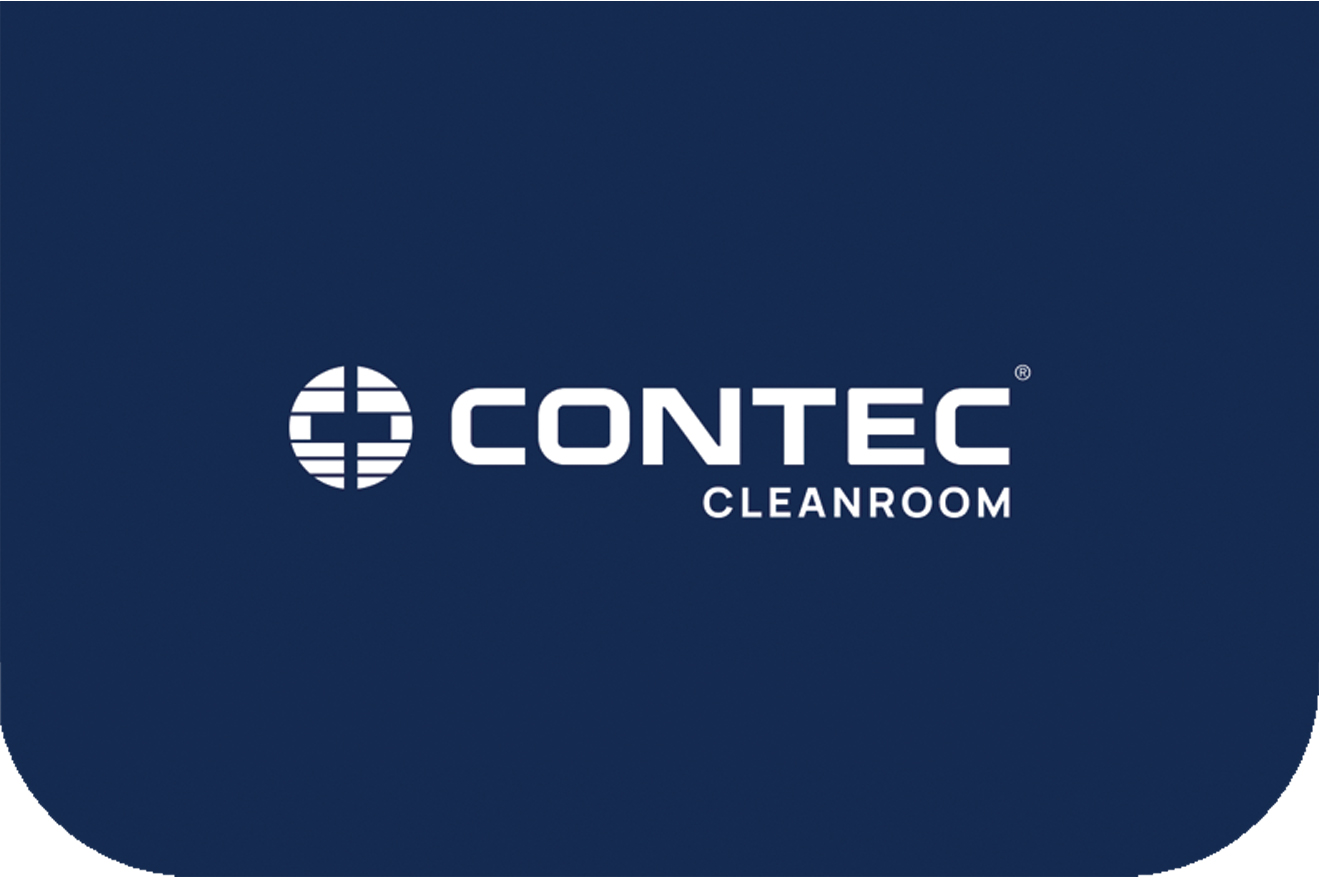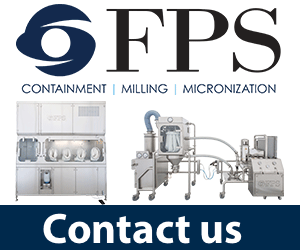Cleaning and microbial contamination control are critical focus areas in pharmaceutical and medical device industries. Robust cleaning and disinfection programmes are needed to meet the required cleanroom microbial grades, to prevent cross-contamination and subsequent microbial contamination of products.
Incidents of contaminated product entering the supply chain with devastating consequences have happened in the last eight years in the UK, France, Italy, South Africa, and the US.
An inadequate microbial control programme can cause significant risk to patient safety, at the very least product recall, and financial loss to the company. Control of microbiological contamination and root-cause investigation are among the top ten most observed deficiencies by the US agency FDA since 2012. A similar situation is observable in Europe, based on MHRA deficiencies reported.
The manufacture of both human and veterinary medicines in the EU is governed by EudraLex Vol 4 Good Manufacturing Practice “The rules governing medicinal products in the European Union”. Each country in Europe takes this legislation into their own country-specific legislation: Rules and Guidance for Pharmaceutical Manufacturers and Distributors (The Orange Guide) in the UK; Guide des Bonnes Pratiques de Fabrication (BPF) in France; and GMP-Leitfaden zur Guten Herstellungspraxis in Germany. The Annex 1 of EU GMP covers explicitly the manufacture of sterile medicinal products.
Annex 1: The background
The EU Annex 1, which specifies guidelines for the manufacture of sterile medicinal products, was first issued in 1989, revised in 1996 with partial updates in 2003 and 2007. With no complete review of the document having been carried out for over ten years, a complete review and rewrite was needed.
Indeed, the chapter needed to catch up with several developments in the industry: changes in sterile manufacturing technology (RABS, isolators, rapid microbiological methods) and significant regulatory expectation; the introduction of ICH Q9 for Quality Risk Management and ICH Q10, which describes Pharmaceutical Quality Systems; and the changes regarding the production of water for injection (WIF) to include methods other than distillation.
Plus, there were some areas of the current version of the annex that were ambiguous and needed correction or clarification. As Annex 1 has come to be used beyond sterile manufacturing, the scope of the new draft was also modified to reflect this.
In December 2017, the European Commission via a GMP/GDP working group, produced a draft of Annex 1. The Inspectors Working Group (IWP) of 16 representatives included the Pharmaceutical Inspection Cooperation Scheme, (PIC/S), WHO and EMA, in total 52 authorities including the FDA, Japan, Australia, Canada, EDQM, and ICH were involved.
The general feeling is that Annex 1 will not be released anytime soon—potentially the end of 2019
The annex has been rewritten; the current 16- page document is replaced with a potential 50- page document. Each topic has been significantly expanded, new topics have been included and the concept of risk management is embedded throughout the document.
Thousands of comments were returned from industry and industry groups in response to the draft. An updated draft was prepared by the then rapporteur, MHRA inspector Andrew Hopkins, and sent to the drafting group. Hopkins has since left the MHRA, and the French equivalent ANSM has been appointed as new rapporteur.
The working group has been informed that the industry wants a further consultation, but there has been no decision so far. The general feeling is that Annex 1 will not be released anytime soon—potentially the end of 2019.
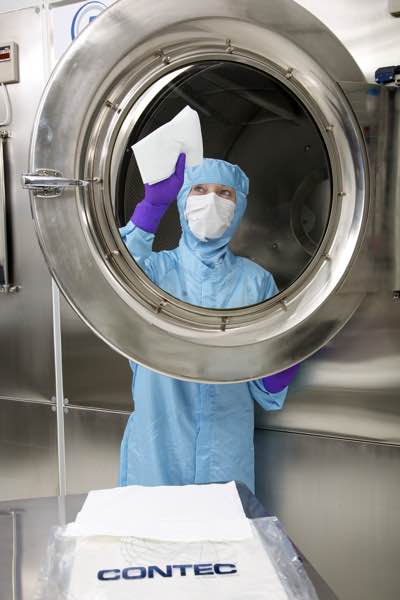
Even if changes are forthcoming, the main ethos and the general direction of travel for the draft will remain the same.
General summary of changes
There are now 269 different clauses, increased from 100 in the current version. Many of these have been expanded on. There are some 100 clauses that contain no link to an existing clause; there are only 14 clauses in the current document that are not present in any form in the draft; and just 40 clauses that are unchanged.
The new sections include single-use technologies, aseptic operator qualification, application of Quality Risk, disinfectant qualification for cleanroom surfaces, process water systems, including the manufacture of WIF; other utilities and closed manufacturing systems. One of the main documentary demands of the new draft is the requirement for a holistic contamination control strategy (CCS).
A closer look at CCS
The guidance, either in one master document or separate related documents, will reflect a site-wide strategy for minimising contamination. Whichever way is chosen, it must be a “living” document, which is kept up to date throughout the life cycle of the facility.
CCS is mentioned 19 times in the draft, and some EU national agencies are already requesting a CCS. For established facilities, it probably already exists even if across separate documents, and each manufacturer should try to include links and references so as not to rewrite all qualification documents.
The draft states that “a contamination control strategy should be implemented across the facility in order to assess the effectiveness of all the control and monitoring measures employed
New facilities should start the CCS as early in the process as possible; it should ideally form part of the design process and be included in user requirement specification (URS) and design qualification (DQ) documents.
The draft states that “a contamination control strategy should be implemented across the facility in order to assess the effectiveness of all the control and monitoring measures employed. This assessment should lead to corrective and preventative actions being taken as necessary. The strategy should consider all aspects of contamination control and its life cycle, with ongoing periodic review and update of the strategy as appropriate”.
The main elements will include:
- Design of plant and process
- Equipment and facilities Personnel
- Utilities
- Raw material control
- Product containers and closures
- Vendor approval
- Process risk management
- Process validation
- Preventative maintenance
- Cleaning and disinfection
- Monitoring systems
- Prevention- trending, investigations CAPA Continuous improvement
Cleaning and disinfection
The references to cleaning and disinfection have been expanded, and the word disinfection has been used to replace sanitation as the title of the section. Plus, the terminology of “cleaning” has been replaced with “cleaning and disinfection”.
The text notes that “for disinfection to be effective, cleaning to remove surface contamination must be performed first”. This definition clarifies current best practice that cleaning and disinfection are two distinct activities trying to achieve different things.
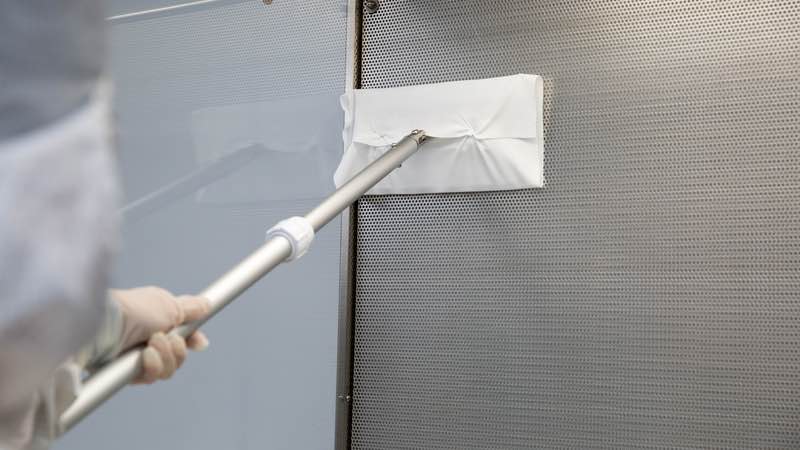
Cleaning is the removal of non-viable contamination by physical means, or by suitable agents, to render a surface visibly clean. The draft annex defines disinfection as “the process by which surface bioburden is reduced to a safe level or eliminated. Some disinfection agents are effective only against vegetative microbes, while others possess the additional capability to effectively kill bacterial and fungal spores.”
Many common and well-used disinfectants, for example amines, amphoterics and quaternary ammonium compounds, leave significant residues on a surface that can subsequently have a detrimental effect on the effectiveness of the disinfectant used. This is acknowledged in the new draft by stating “cleaning programs should be effective in the removal of disinfectant residues.”
There are disinfectants on the market that do leave minimal to no residue, or which have residues that are free-rinsing or easily removable. The draft annex states that the cleaning process should be validated so that it can be demonstrated that the disinfectant can remove any residue that would create a barrier between the sterilising agent and the equipment surface—the word choice “sterilising” has been challenged during the consultation period.
The disinfectant validation should also prove that removed residues could spoil the product with either chemical or particulate contamination.
Disinfectant rotation
Regulatory guidelines are currently not aligned on the subjection of rotation and the number of disinfectants that need to be used. The agencies in the US, Japan and Brazil don’t specify it and expect it to be based on a review of environmental monitoring (EM) data.
The EU GMP Annex 1 previously stated that “more than one type of disinfecting agent should be employed” and this is repeated in the draft. In line with other regulatory guidance, the phrase “(...) include the periodic use of a sporicidal agent” has been added.
If the risk management approach of the rest of the guide is applied, the number and frequency of disinfectants to use would be decided upon reviewing the trends of the environmental monitoring programme and periodic auditing of the cleaning and disinfection process rather than an edict to rotate two different disinfectants.
Discussions with two MHRA inspectors confirmed that if environmental results/trends are under control, there would be no stipulated need to have achieved this using a rotational disinfectant programme.
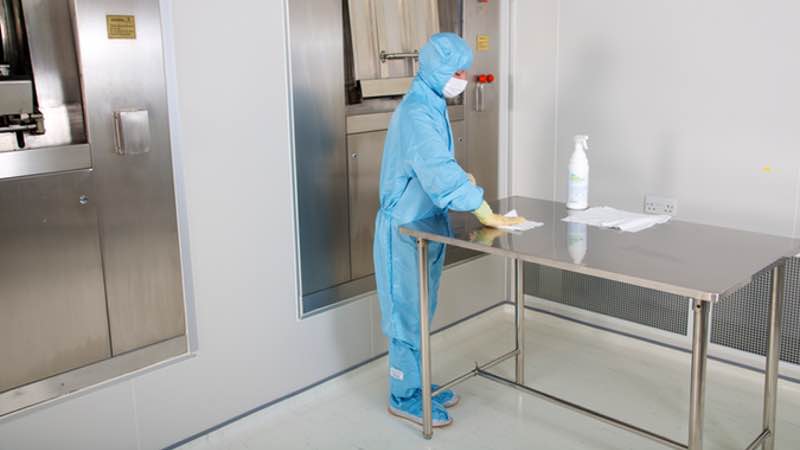
The annex still mentions that “Monitoring should be undertaken regularly in order to show the effectiveness of the disinfectant program and to detect the development of resistant (...)”. In addition to the current version, it also now states “(...) and/or spore-forming strains.”
However, there is very little documented proof of acquired resistance to disinfectants at in-use concentrations rather than innate resistance, and as a theory, this has been largely discredited. Many facilities will routinely use a broad-spectrum disinfectant in rotation with a sporicide kept for intermittent or action point use. Such a choice is mainly due to the corrosive or aggressive nature of many sporicidal biocides rather than any concern over resistance. The more recent availability of highly effective cleanroom sporicides with no classified hazard may change this approach.
Disinfectant qualification
The current version of Annex 1 gives some clear guidance about the use of disinfectants and detergents. “Disinfectants and detergents should be monitored for microbial contamination; dilutions should be kept in previously cleaned containers and should only be stored for defined periods unless sterilised,” it reads. This definition is repeated in the draft version, but the exception for sterile dilutions has been removed. It continues to state that “Disinfectants and detergents used in Grades A and B should be sterile prior to use”.
An additional requirement is that “disinfectants should be shown to be effective for the duration of their in-use shelf life (...)”. This condition will be relevant not only for dilutions made from concentrate but also RTU trigger sprays and presaturated wipes.
Efficacy testing will be required for not only the unopened product at end of shelf life but also for the product during its in-use period. The expectation is that this work will be carried out on isolates and surfaces that are specific to the individual facility. The draft annex includes the phrase “(...) taking into consideration appropriate contact time and the manner in and surfaces on which they are utilized”.
Efficacy testing will be required for not only the unopened product at end of shelf life but also for the product during its in-use period
This point is reinforced further in the draft with the following statement: “Disinfectants should be shown to be effective when used on the specific facilities, equipment and processes that they are used in.” As well as standard lab testing on EN surfaces and with ATCC organisms, it is now clearly stated that work needs to be carried out on surfaces from the facility; if these are scratched and old, the test surfaces need to be scratched and old. And, they need to be effective against house isolates. These can change seasonally but will be shown by EM trends.
The Annex 1 now clarifies that “if microorganisms are detected in a grade A or B zone, they should be identified to species level (...). Consideration should also be given to the identification of Grade C and D contaminants; this requirement should be defined in the CCS”.
Looking ahead
The annex is still at a draft stage and there has been a call for a further consultation phase. The IWG will meet in September and it is likely that an amended draft will be sent out for another consultation phase in some form or another.
However, there is a widely held view that the general direction of travel shown in the document will not change. It would be prudent to plan ahead with any disinfectant validation with these core principles in mind as it is likely that many will appear in the finished document.
N.B. This article is featured in the September 2019 issue of Cleanroom Technology. Subscribe today and get your print copy!
The latest digital edition is available online.



